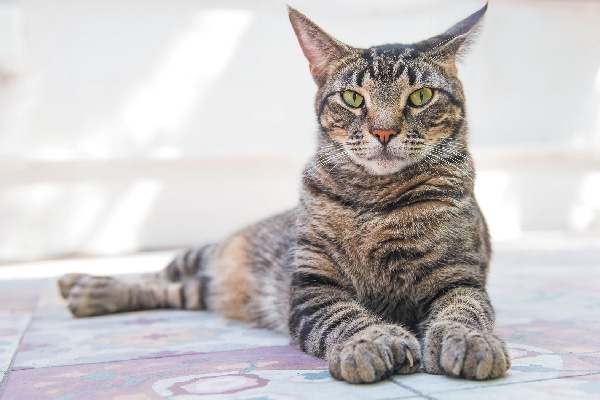Polydactyly, or extra toes, is a fairly common feline trait. However, it’s not exclusive to cats, as it also occurs in people and other species like dogs, chickens, mice and guinea pigs. The term’s origin is Greek; poly meaning many, plus daktylos, meaning fingers or toes. Most domestic cats have 18 toes — five on both front paws and four on each hind paw. Polydactyl cats can have one or two extra toes, which are usually on their front feet.
How Do Polydactyl Cats Get Their Extra Toes?
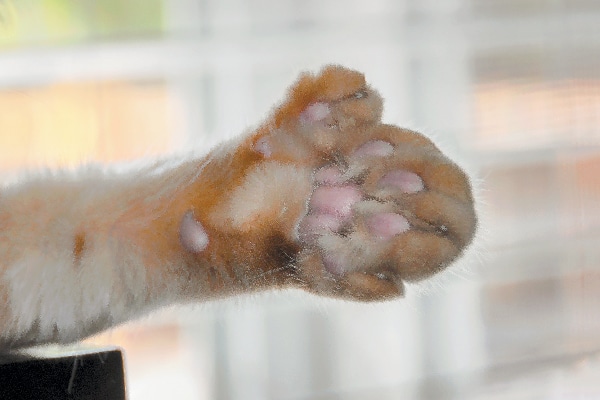
The extra toes result from a genetic mutation when a mutant Pd gene is dominant in one or both parents. However, veterinarian Dr. Drew Weigner of the all-feline practice The Cat Doctor in Atlanta, points out that there is still some controversy about the genetics of polydactyly in cats. And, that most likely, there is more than one genetic basis for this condition, and the results are quite variable.
Nevertheless, if one cat parent has extra toes, there’s a high probability that some of the offspring will be polydactyl, too. And, if both parents have extra toes, the likelihood of polydactyl kittens increases.
There Are Two Forms of Polydactyl Cats
Pre-axial polydactyly refers to extra digits on the inside, or what would be the thumb side, of the paw. Post-axial polydactyly refers to extra toes being positioned on the outer side where the little finger would be on a hand. The innermost extra toes on the front paws are often opposable, giving those felines exceptional dexterity to open doors and drawers. And a whole lot more mischief!
Nicknames for Polydactyl Cats
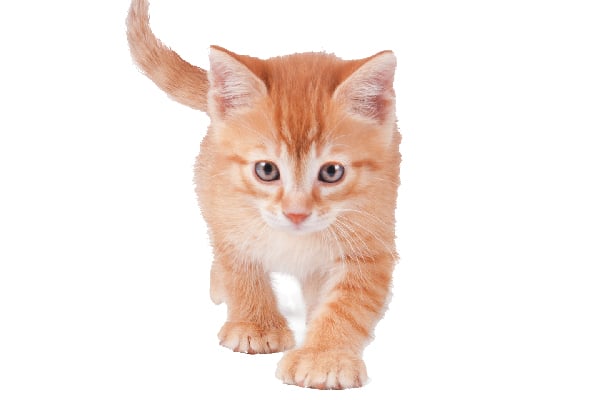
These extra toes can make a cat’s paw look like they are wearing mittens, giving rise to numerous descriptive nicknames such as “mitten cat” and “thumb cat.” And, because of their history, they are also often referred to as Cardi cats and Hemingway cats.
Cardi Cats
This name refers to the Cardigan district in Wales in the United Kingdom, which is known to have a significant population of polydactyl cats. Polydactyl cats were considered to be lucky by sailors, and it’s believed that such cats traveling on board ships may have been brought to the New World by English Puritans in the 1600s.
This could account for the increased number of polydactyl cats found on the East Coast in cities such as Boston, and the spread along the East Coast correlates with various ports that established trade with Boston.
Hemingway Cats

The Ernest Hemingway Home and Museum in Key West, Florida, the one-time residence of the great American novelist, is home to a clowder of polydactyl felines, all descendants of the author’s favorite feline, Snow White. This white six-toed feline was given to Hemingway as a gift by a ship’s captain friend.
The moniker “Hemingway cats” reflects Hemingway’s love for polydactyls. Ernest Hemingway named his cats after his famous friends, and the museum staff has continued this tradition. If you visit, look out for Harry Truman and Betty Grable amongst the 45-plus felines who love to accompany guests around the grounds and the home.
Mani-pedis for Polydactyls
“Because of the variability in the expression of polydactyly in cats, some extra toes have a tendency for ‘ingrown’ claws,” Dr. Weigner explains. “These claws will need to be trimmed regularly to prevent infection. Also, extra toes can be prone to injury, particularly if they don’t contain bones attached to the rest of the paw.” It’s important to always check your cat’s toes and nails and, even more so, if you live with a polydactyl kitty.
Polydactyl Cats From Our Readers
We asked readers to share their polydactyl love with us.
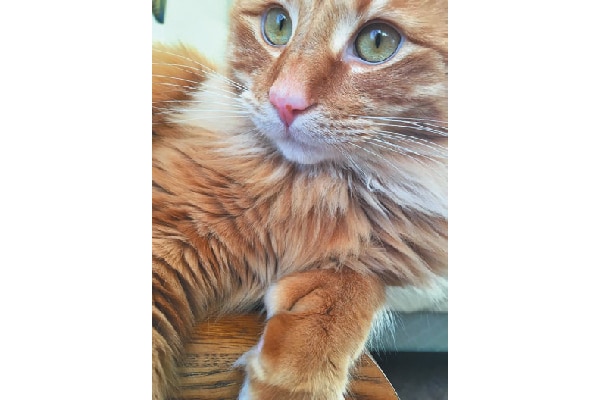
Heathcliff is a 9-month-old domestic longhair (although, I think he’s got some Maine Coon in him). He loves his teaser wand toy, listening to podcasts with his mama and posting on his Instagram page. He also has the most common form of polydactyl — a “thumb” on both front paws. —Elizabeth Ilean
Leo has 28 toes. He’s a big furry ball of love. —Diane Crawford Gorton
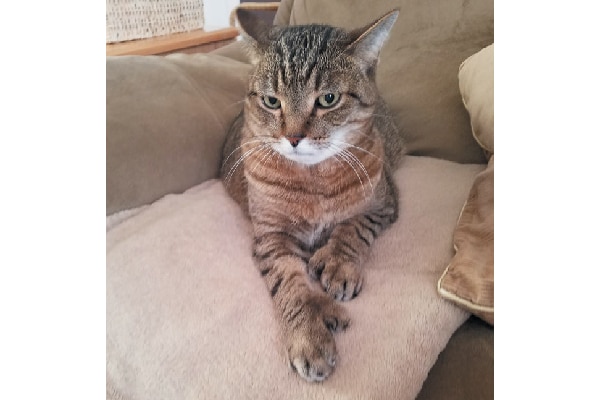
This is Nacho. We got him from a rescue group in northern Minnesota. He’s about 6 years old. —Tammy Earsom
I used to have a cat who had 27 toes. Yep — 27! He looked like he had four catcher’s mitts for paws. —Dan Rahenkamp
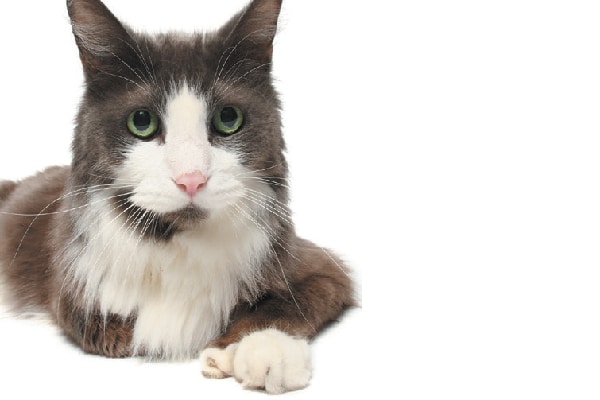
This is my late cat, Owen. We always used to say he was wearing oven mitts. He once caught a piece of paper between his paws and his “thumb”! —Annie Butler Shirreffs, Catster Senior Editor

Toe fluff for days! This is a close up of a polydactyl cat paw from reader Kate Elizabeth Atkins’ late cat, Gloie.
Thumbnail: Photography by Andrew Marttila | The Great Went.
Read more about different types of cats on Catster.com:

